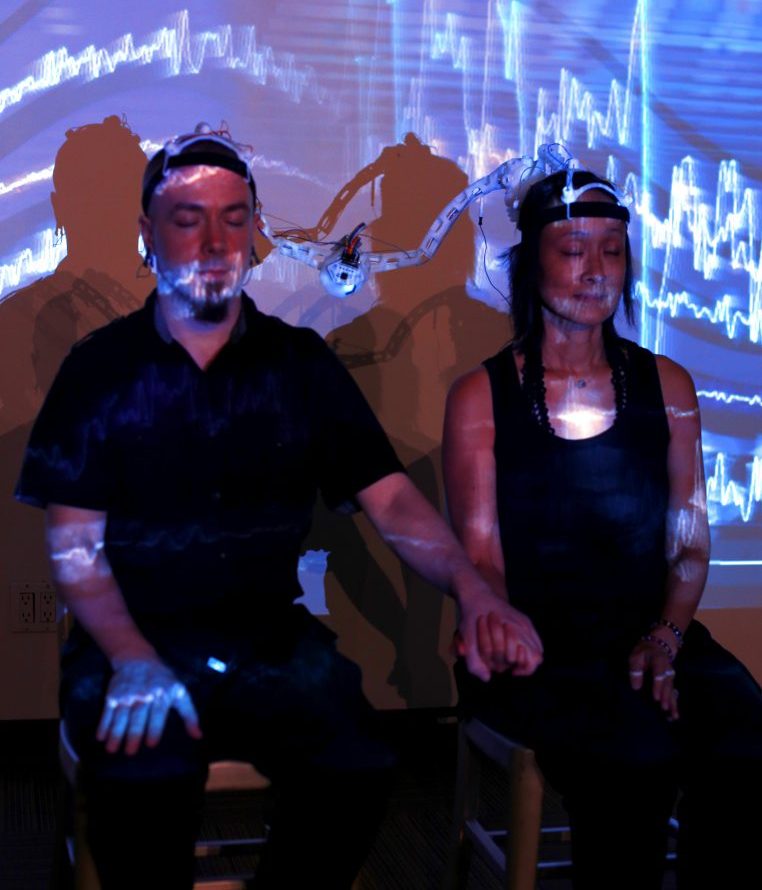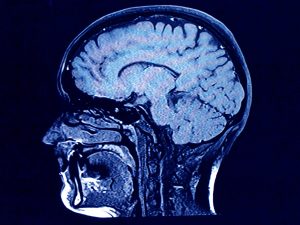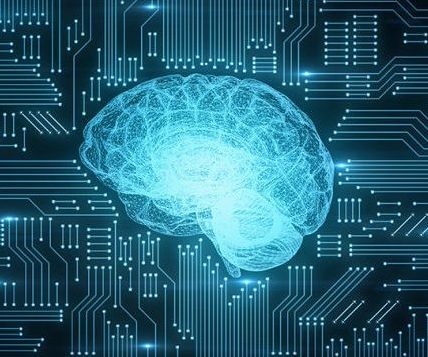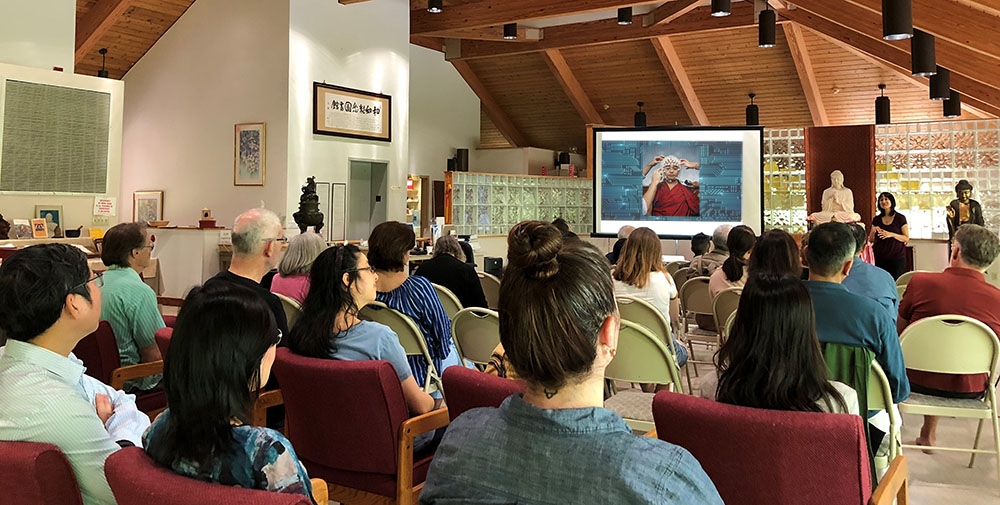This past weekend, I gave an artist talk about my latest project, Dual Brains, at the invitation of the Buddhist Association of the U.S. (BAUS) located at Chuang Yen Monastery. Dual Brains is a real-time brainwave performance piece inspired by handholding studies conducted by neuroscientitst Dr. James Coan which indicate that empathy is hardwired in our brains.

Since cultivating the mind and kindness are important aspects of Buddhist meditative practice, I was happy that BAUS was interested in presenting a talk that included discussion on brain-computer interface (BCI) and empathy.

In preparing for the talk, I kept thinking back on a paper I recently read, entitled “Compassionate AI and Selfless Robots: A Buddhist Perspective,” by bioethicist and sociologist James Hughes. Reading this was like Dorothy opening the door to the Land of Oz! Everything seemed different to me thereafter. I found myself reading intently about the future of artificial intelligence (AI), and its implications as we integrate with self-learning algorithms more and more.
So I brought these thoughts to my talk at BAUS. I had realized that we are standing at the threshold of the next human revolution, one that is not like anything that has come before. This one is poised to alter how we experience and understand consciousness, how we define reality. It will have great impact on our societies and international relations. And because of this, it requires that we all get involved now in discussing the continued development of AI, its architecture, and potential long-term outcomes.

What are we building exactly when we refer to “deep learning,” “neural networks” that handle “big data,” that can read human emotions, interpret images, speak, and respond in languages? What models of mind are being programmed into self-learning AI, that will become, and in many ways already are, proxies for human decision making? These kinds of questions should not be only the purview of technologists and corporations developing products. It’s time to broaden the dialogue. How can we as individuals get more involved. How is it best to do so? And since this has global impact, how can we include cross-cultural, interdisciplinary perspectives and investigations?

It was a wonderful gab session with attendees after my talk. Best of all, BAUS shared that it was interested in presenting a future panel discussion featuring technologists, academics, and monastics deeply familiar with the Buddhist Abhidharma study of mind to explore the subject of models of mind and the future of technology. I for one certainly look forward to hearing more about this!
After all, coming back to the inspiration for Dual Brains, humans are neurally interdependent. As social beings, we help one another. That is a powerful, positive paradigm we should prioritize in the programming of AI.